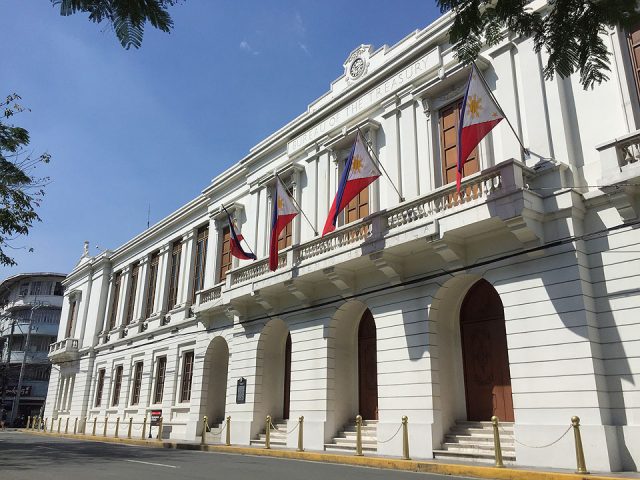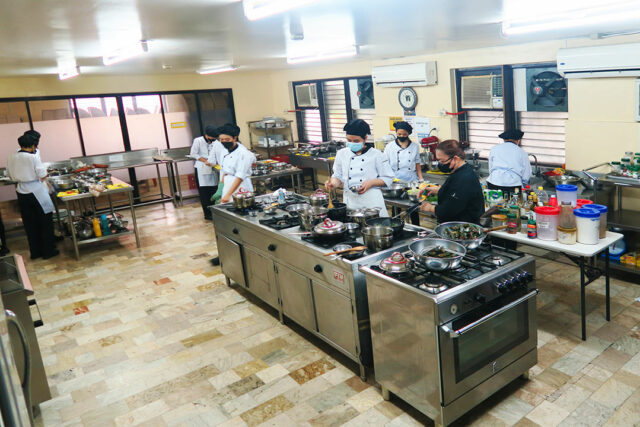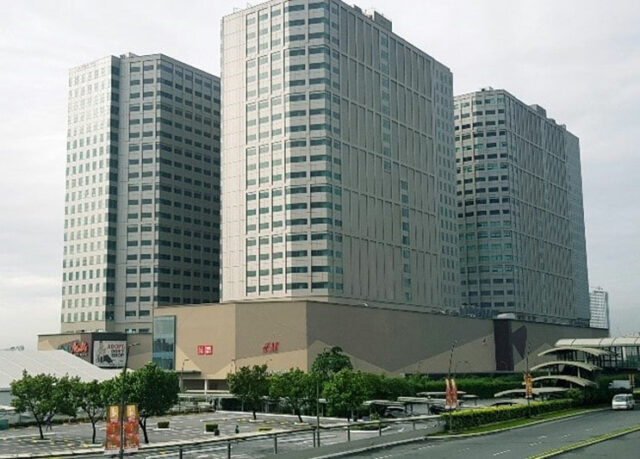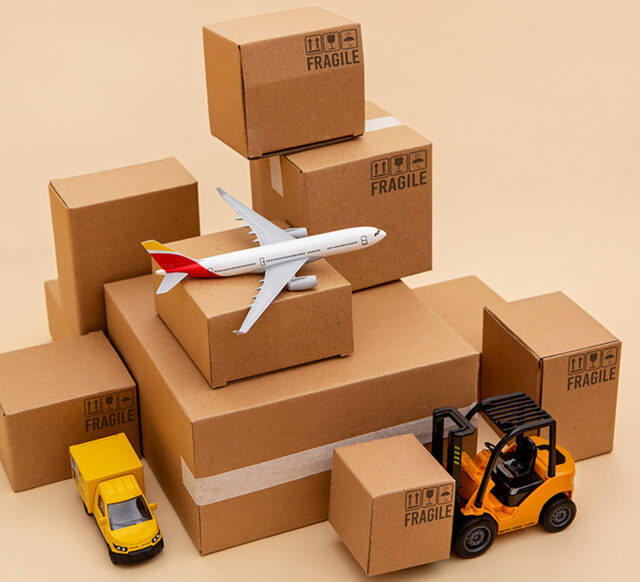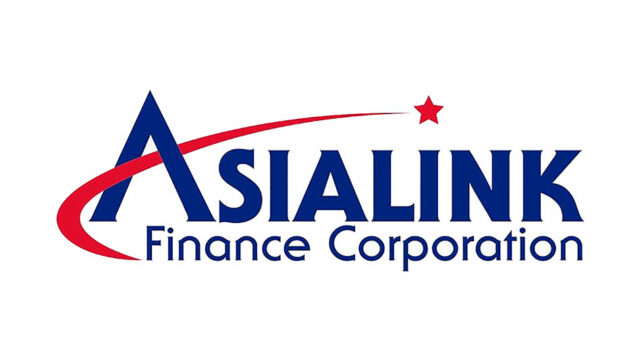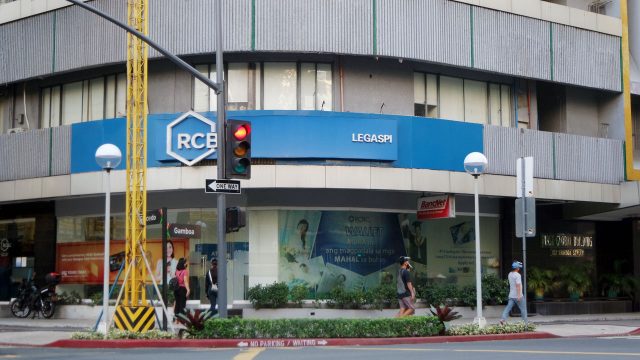(Part 4)
Another outstanding private initiative to transform near-illiterate youth into high-skilled workers is called YouthWorks PH (YWPH), an eight-year (2018 to 2026) youth employability joint venture between the United States Agency for International Development (USAID) and the Philippine Business for Education (PBEd). This partnership engages government, industry, the academe and other stakeholders of the education sector, including all those who have an interest in improving the quality of human resources in the Philippines. Especially targeted are those who have limited opportunities for upskilling and gainful employment.
It aims to improve employment for marginalized, at-risk youth not in education, employment, or training (NEET) by contributing to the suitability and quality of workforce development programs. To achieve its purposes, YWPH has continuously leveraged its links to industry and its partnership with government and the academe to strengthen and expand upskilling and employment pathways for the Filipino youth NEET.
The initiative is particularly conscious of its role in addressing the problem of mismatch between the graduates that the formal educational system is producing, and the actual manpower needs of the business sector. YWPH harnesses the crucial role of the private sector in articulating the skills requirements and employment needs so that the education sector would turn out employable graduates. This is done through a process of co-development of training programs that capture the specific skills and hiring needs of industry aligned with the standards and competencies set by the partner schools and training institutions. Through this close collaboration between the academe and industry, the employability of the youth who are trained is greatly enhanced.
In the last six years, more than 15,000 work-based training slots have been made available by the partner companies, signifying a positive appetite for industry-led skills training for employment. These work-based training partnerships have been mainly in construction, hospitality and tourism, manufacturing, retail, and some emerging sectors such as informational technology and renewable energy. Through these partnerships, over 5,800 marginalized youth have been placed in the program, with 47% of the graduates directly employed by the partner companies participating in the project. Most of the graduates were able to secure jobs within a month after training, demonstrating once again that despite the poor results in the Program for International Student Assessment (PISA) achievement tests, with the appropriate remedial help, Filipino youth do not deserve to be called “stupid” just because they suffer from learning poverty through no fault of theirs.
A tracer study has also shown that 70% of employed graduates of the program expressed satisfaction with the training they received. What is more, there is an improved perception of out-of-school youth and dropouts (the so-called near illiterates) among employers, with more companies expressing interest in opening their doors to skilled youth NEET. On the side of the youth themselves, there is a healthy change of attitude towards technical and vocational education and training (TVET) as a pathway for meaningful, high-paying and higher-level occupations within the Philippines and overseas. As I have been advocating for some time now, there is a need to cure both parents and their children of the fixation on a college diploma that often does not lead to employability. Following the European tradition (vs. the US practice), more of our youth — even those who are not suffering from learning poverty — should consider enrolling in TESDA (Technical Education and Skills Development Authority)-type schools rather than in academic colleges and universities.
Another example of a private initiative is the Punlaan Technical School, located in San Juan, Metro Manila, which upskills poor young women, most of them products of public schools providing low-quality education and who are therefore among the Filipino youth suffering from learning poverty. This TESDA-certified school was founded in the early 1970s by a group of volunteer housewives who were inspired by the teachings of St. Josemaria Escriva, Founder of Opus Dei, who famously said: “Love means deeds and not sweet words.” St. Josemaria insisted that the poor must receive effective and efficient help so that they can, in turn, help themselves and their families live and progress in accord with their dignity as progressive citizens, free from any form of social or economic discrimination.
With its inception in 1975, the Punlaan School became one of the first technical training schools which imparted varied skills in culinary, dining, and housekeeping services to young girls, housewives, and house helpers. In the same year, it was officially recognized as a technical-vocational school offering a two-year technical course in Home Arts.
By 1991, it modified the two-year Home Arts Program to Hotel Services and Food Preparation Technology, and upgraded the one-year Home Arts to the Home Skills Training Program. In 1993, it pioneered the two-year German Dual Training Program in Food and Beverage Services for hotels and restaurants in the Philippines, sponsored by the Landesinstitut for Internationale Berufsbuilding in Germany in collaboration with the Hanns Seidel Stiftung Foundation and the Hotel and Restaurant Association of the Philippines.
In 1994, President Fidel V. Ramos signed the Dual Training Law institutionalizing the Dual Training System as the preferred mode of vocational training. At that time, Punlaan was selected as a TESDA showcase for the actual implementation of the dual training program. By 2009, Punlaan had upgraded the Home Skills Training Program with the TESDA Competency Based Curriculum for the Household Services Program. In 2014, it became one of the first few schools approved as a Senior High School, administering the Senior High School Dual Training Program-Technical Vocation Track in Hospitality and Culinary Arts.
Since its inception in 1975, Punlaan has produced over 3,000 highly qualified personnel for the hospitality industry, which is one of the engines of economic growth and employment in the Philippines. One can find Punlaan alumnae in five-star hotels all over the Philippines as well as all over the world. They are highly valued by their employers because of the holistic education they have received. The formation at Punlaan goes far beyond skills training and includes general culture as well as values formation.
The education that these young women receive from Punlaan has helped improve the standard of living of their respective families and has enabled their upward social mobility. It is not uncommon to find some of these alumnae coming from the lower-income households rising to the top of their careers, such as Angela Velasco, who became Chef d’ Partie at Finestra Italian Steakhouse at Solaire; Mary Ann Garcia Agajanian, who is Jr. Sous Chef-Pastry at Discovery Primea; and Pamela Bathan, Senior F&B Associate at Seda Hotel. Ms. Bathan was recently honored at the 36th Mabuhay Awards for her exceptional performance. Her success story was cited as a testament to the transformative power of education.
The example of Punlaan, that just inaugurated a brand new six-story building in its original site in San Juan, Metro Manila, should reassure the pessimists that much can still be expected from the Filipino youth despite the poor results of the PISA tests.
In the healthcare sector, an outstanding practical solution to the shortage of nurses is being implemented with the certification of the Joint Commission of Higher Education (CHED)-Department of Health Administrative Order 2023-0001, upon the advice of the Private Sector Advisory Council’s healthcare group led by Ayala Healthcare Holdings.
The program involves upskilling nursing students or graduates who have not passed the nursing board exam, to prepare them to become “clinical care associates” in hospitals. Upon finishing the upskilling course, they can work as clinical care associates and perform non-core nursing functions.
According to Paolo Borromeo, President of Ayala Health Care Holdings, if 1,000 clinical care associates can qualify among the 7,000 to 10,000 graduates of nursing schools, that would be a significant addition to the number of health workers in the country and would partly compensate for the inevitable outflow of Filipino nurses to the developed countries that are suffering from an acute shortage of health workers because of the ongoing demographic and ageing crisis that has hit countries like Japan, South Korea, Singapore and practically all countries in Europe.
This very creative solution — thanks to the decision of President Ferdinand Marcos, Jr. to turn for advice to the most successful businesspeople — can be replicated in other sectors such as IT, education, and hospitality which will also suffer from manpower shortages because of competition from the developed countries.
Once more, we have demonstrated that despite the “learning poverty” that our youth are suffering from, there can be quick solutions to the present manpower shortage problem in some of our critical industries.
(To be continued.)
Bernardo M. Villegas has a Ph.D. in Economics from Harvard, is professor emeritus at the University of Asia and the Pacific, and a visiting professor at the IESE Business School in Barcelona, Spain. He was a member of the 1986 Constitutional Commission.
bernardo.villegas@uap.asia

